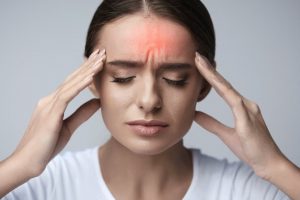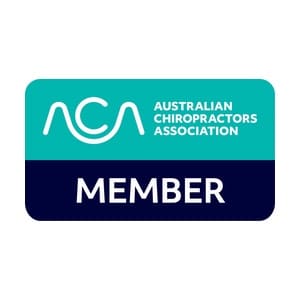Headaches and migraines are so common in Australia that many people may be mistaken that it is a normal part of life. Paracetamol and pain relief medication can provide temporary relief. However, many may continue to experience headaches frequently as the main cause of the headache has not been addressed. According to the Migraine in Australia Whitepaper Report, 4.9 million Australians experience a migraine. Headaches and migraines can last a few hours to up to a week this can be a major problem as it can affect work capacity and social activities.
What is the difference between a headache and a migraine?
A headache may feel like mild dull pressure usually around the forehead or scalp whereas a migraine headache may feel like an intense pulsing or throbbing on one side of the head and can often be accompanied by nausea, dizziness, or sensitivity to light, smell, and sounds.
Another headache that is very close to a migraine is a. Cervicogenic headaches are caused by problems in the neck where the pain is perceived in the head or the face. Factors that may cause a cervicogenic headache can include whiplash, a prolapsed disc, or osteoarthritis. It can also be caused by incorrect posture at work, people who work at a desk may experience a cervical protraction this is when your head is pushed forward in front of your body. Thus, causing a cervicogenic headache.
Should you consider a Chiropractor?
If you have been experiencing headaches or migraines frequently or for a long period of time its important to take it seriously. Consider consulting a chiropractor. Current studies have shown that chiropractic care can help reduce the frequency and decrease the intensity of migraines and headaches.
What a chiropractor might do if you experience a headache or migraine
- Perform spinal manipulation or chiropractic adjustment to spinal function and alleviate the stress on your system.
- Offer advice on posture, ergonomics (work postures), exercises and relaxation techniques. This advice should help to relieve the recurring joint irritation and tension in the muscles of the neck and upper back.
- Provide nutritional advice, recommending a change in diet and perhaps the addition of B complex vitamins.
Reference
https://www.healthline.com/health/migraine/migraine-vs-headache






